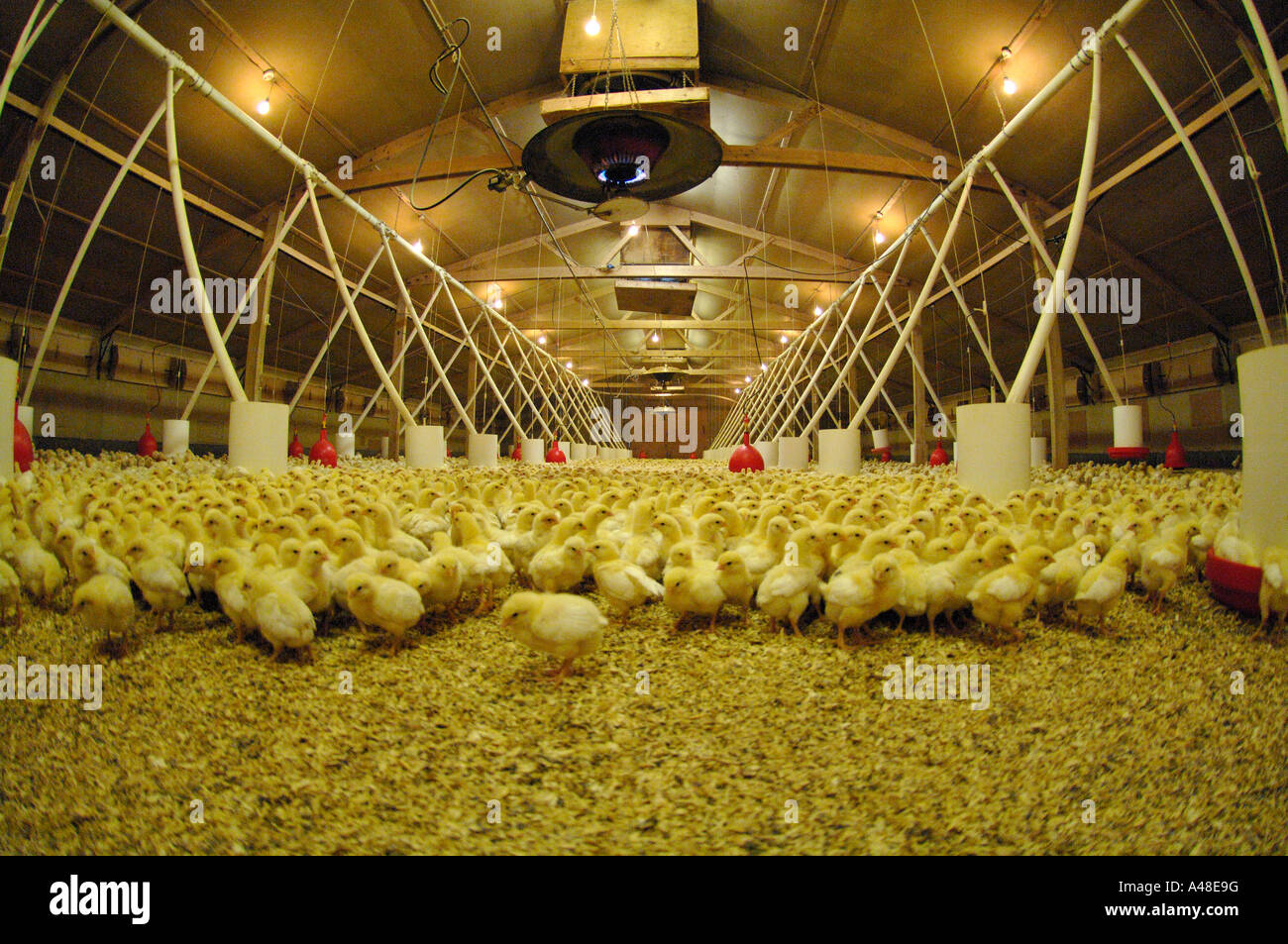

They are exposed to fresh air, grass, and insects, a more natural environment. The terms “pasture raised” and “free range” refer to birds that have been grown outdoors.

The birds are raised in environmentally controlled houses and are fed commercial feed that contains antimicrobials and dietary supplements. These birds are typically Cornish white or white rock breeds that have a high feed conversion rate. This refers to commercial broiler birds which are raised for six to eight weeks to achieve an average market weight of 2.5 to 3.9 kg. Ninety-nine percent of the total poultry production in the U.S. In 2002, the USDA formed the National Organic Program (NOP) to establish and regulate national standards for production, handling and processing of organic foods. Congress passed the Organic Food Production Act (OFPA) to avoid confusion, prevent misinterpretation, and develop a uniform standard for organic food claims.

Locating and identifying organic products was initially difficult and confusing to consumers without federal regulations, as consumers could not differentiate between organic, natural, locally grown, and pasture-raised foods.

Organic layer production increased from 1.1 million in 2000 to 2.4 million in 2005. In the U.S., organic broiler production increased from 1.9 million in 2000 to more than 10.4 million in 2005. Over the years, demand for organic and natural poultry products has increased, mostly due to the perception that these products are safer and more wholesome than traditionally raised poultry. Organic foods do not contain genetically modified organisms (GMOs) or chemical food additives and are not processed using irradiation or industrial solvents.įor many countries around the world, certified organic food production is highly regulated and the term “organic” refers to foods produced based on the standards set forth by these governments or international organizations. According to the United States Department of Agriculture’s (USDA) Agricultural Marketing Service, organic foods are foods produced using methods that exclude the use of synthetic pesticides or chemical fertilizers.


 0 kommentar(er)
0 kommentar(er)
